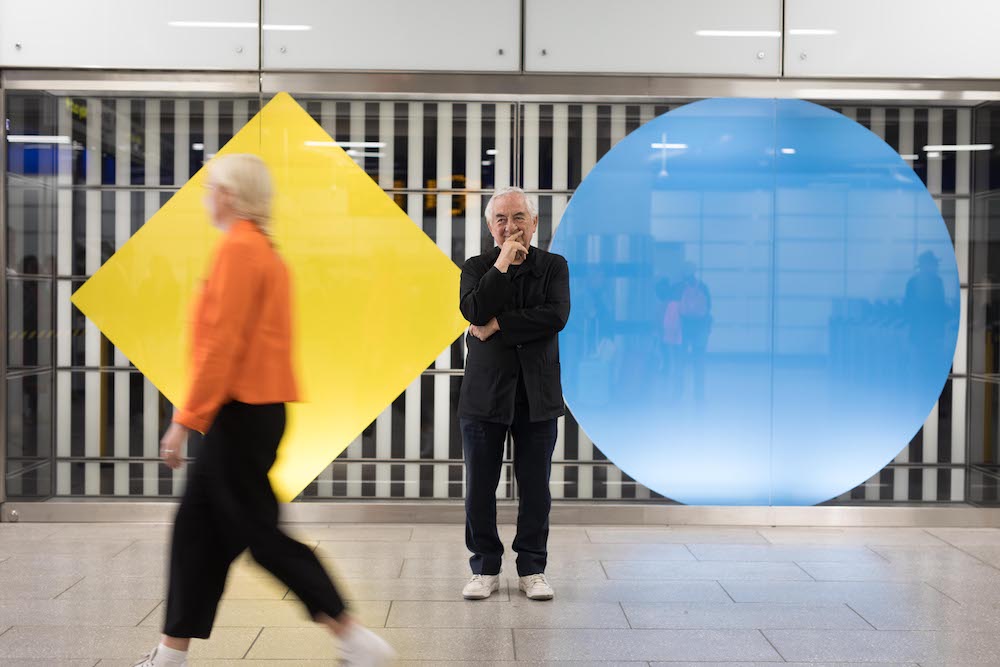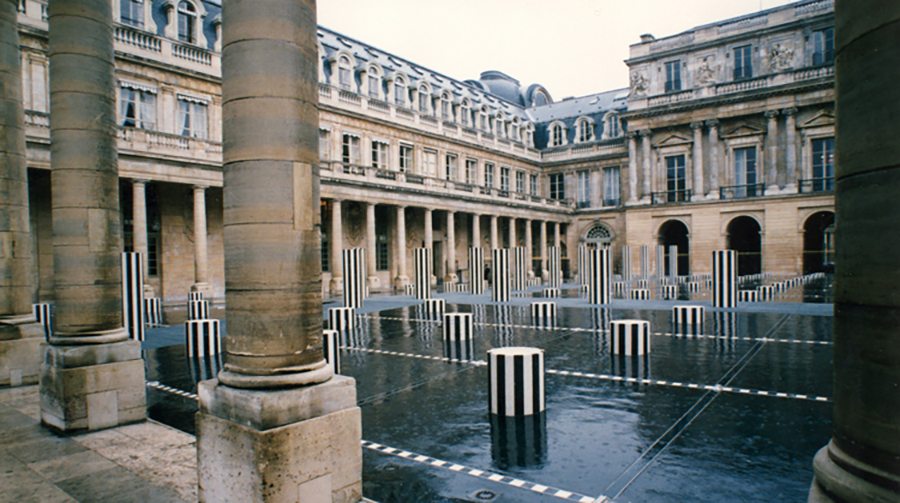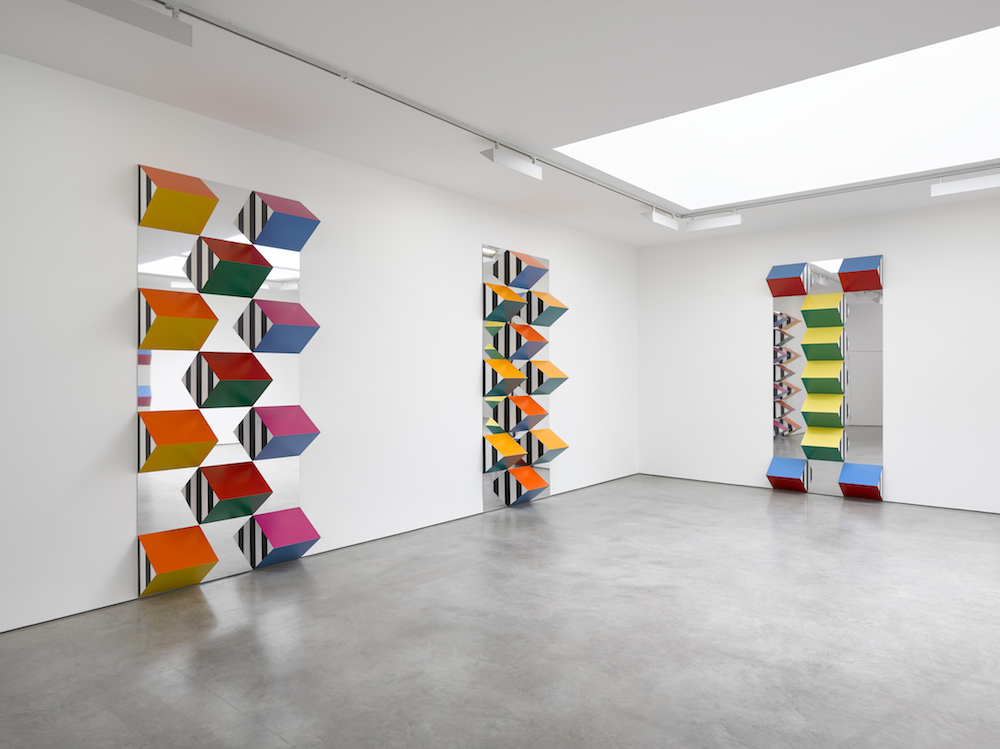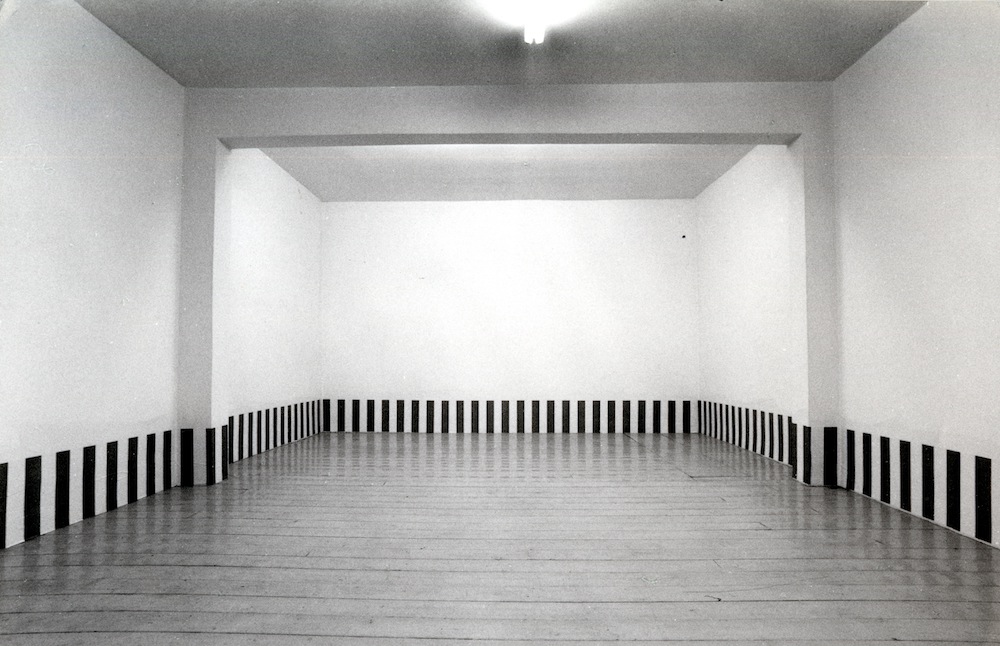
Photo: David Parry/PA Wire
First let’s say that any important work of art, what we call a masterpiece (these works can be very different from one to the other), is always perfect. A painting by Cézanne is perfect. A painting by Matisse is perfect. A ready-made from Duchamp is perfect. A dripping painting from Pollock is perfect. A work from Mondrian is perfect. A piece from Carl Andre is perfect. A triptych from Francis Bacon is perfect. I can continue like that for hundreds of artists’ works not only from the twentieth-century.
As these works can be completely contradictory from one to the next, we already understand that the word perfection does not cover a single type of work, has no general rules and will never drive you (at least in the visual art field) to a single solution. Perfection in the art field is a kind of coherence between thousands of aspects which are done with fantastic invention by individuals who are usually called artists. But the word perfection, when used for some masterpieces, has no connection whatsoever with the same word when used about the appreciation of a chair or an automobile! Perfection in that case, outside of the possible beauty of the object, is mainly the result and the quality of function, of the chair or the automobile, which can achieve perfection as much as possible.

Installation view, Cour d’Honneur at the PalaisRoyal, 1986-87
Courtesy Lisson Gallery © Daniel Buren
The perfection of a masterpiece (a painting, sculpture or any visual art object) has nothing to do with any function in my mind, as artworks are objects a priori free of any function. It’s possible perfection has nothing to do with the perfection of any tool. The huge gap between a work of art and architecture, a great art form in its own right, is the fact that the second can only be erected to accomplish a certain function, whereas the first is accomplished as a gift for whoever might like or accept it, with no function whatsoever, done for nothing, for no use, sometimes even for somebody who does not yet exist, at the request of absolutely no one—a priori for no one known.

So I do hope that when a work of mine makes some sense it’s because it provides some coherence between what it is and where it is. When this connection is visible someone can speak about perfection, but to be frank it’s not a word I will use or even think about towards my own work. Now if someone uses the term perfection to say: this piece of marble is perfectly cut or perfectly polished, or the material quality of materials in use are perfect, it’s a possible mental satisfaction to see that the use of such material is well done but it’s certainly not enough to give to the work of art in question the qualification of perfection, at least for me. The perfection of an artwork in my eyes requests much more subtle and stronger qualities than just the ability to work well with any material, which is often important but never enough.
In terms of design, I think that perfection occurs when the perfect function for an object is connected with the possible aesthetic beauty of the object itself. We have many design objects which have one but not both. In that case, I am not sure they achieve perfection.

© Daniel Buren
Daniel Buren: Pile Up: High Reliefs. Situated Works
Until 11 November at Lisson Gallery, London
lissongallery.com
All images courtesy the artist and Lisson Gallery, London unless otherwise stated




